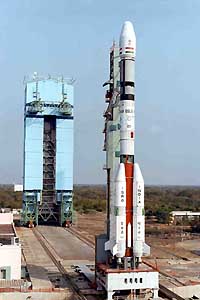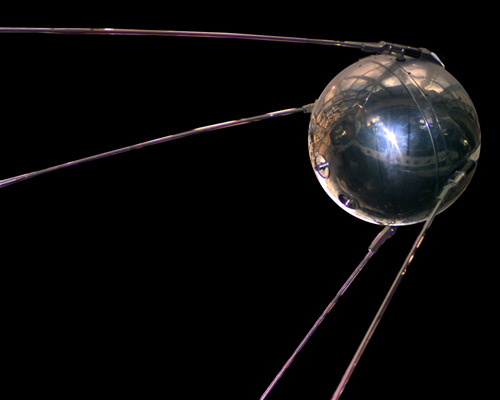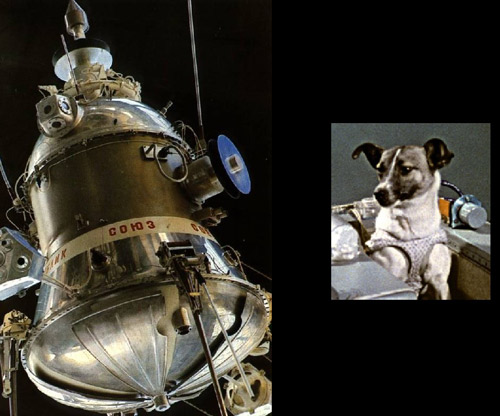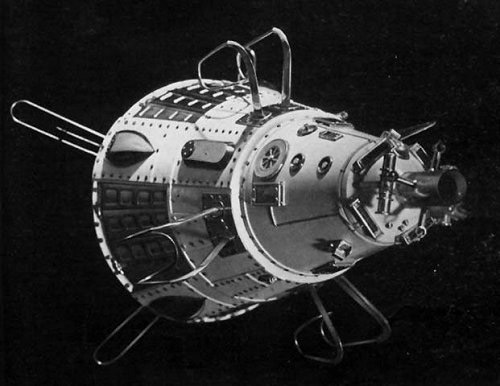Tuesday, January 13, 2009
An experimental rocket plane, built by North American, that set aircraft speed and altitude records, some of which still stand today. First flown on June 8, 1959, the X-15 was used to provide data on thermal heating, control, and stability at extremely high speeds, and on atmospheric reentry. It was made primarily fromtitanium and stainless steel covered with Inconel X nickel, an alloythat can withstand temperatures up to 650°C. To sustain even higher temperatures the X-15 was often covered with a pink ablative material (MA-25S) which could boil away, carrying the heat with it. 
The plane was dropped from a B-52 bomber at an altitude of 13,700 m, and then ignited its Reaction Motors XLR99-RM-2 throttleable liquid propellant (liquid hydrogen and anhydrous ammonia) engine. The rear tail was movable and could be pivoted for control at altitudes where the air was sufficiently thick. At greater (non-atmospheric) heights, control was provided by 12 hydrogen peroxide jets – four in the wingtips and eight in the nose. The plane was piloted following a predetermined flight path, and came down on Rogers dry lakebed using unique landing gear. Just before landing, the lower half of the bottom tail section was jettisoned, and two landing skids deployed, together with a two-wheel conventional landing gear at the nose.
Three X-15s were built and 199 missions flown, the last in November 1968. During the X-15 program, 13 flights met the US criterion for a spaceflight by passing an altitude of 50 miles (80 km) and the pilots were accordingly awarded astronaut status by the US Air Force. Out of these, two also qualified for the international FAI definition of a spaceflight by exceeding an altitude of 100 km (62.1 miles). The X-15 was the first aircraft to exceed Mach 4, 5, and 6 – records that it broke successively within a nine-month period in 1961 with U.S. Air Force Robert White at the controls. Length 16.0 m Wingspan 6.7 m Mass, fully fuelled 15,400 kg Thrust 254,000 N Maximum speed 7,297 km/h (mach 6.72) Maximum altitude 107,960 m (67.08 miles)




